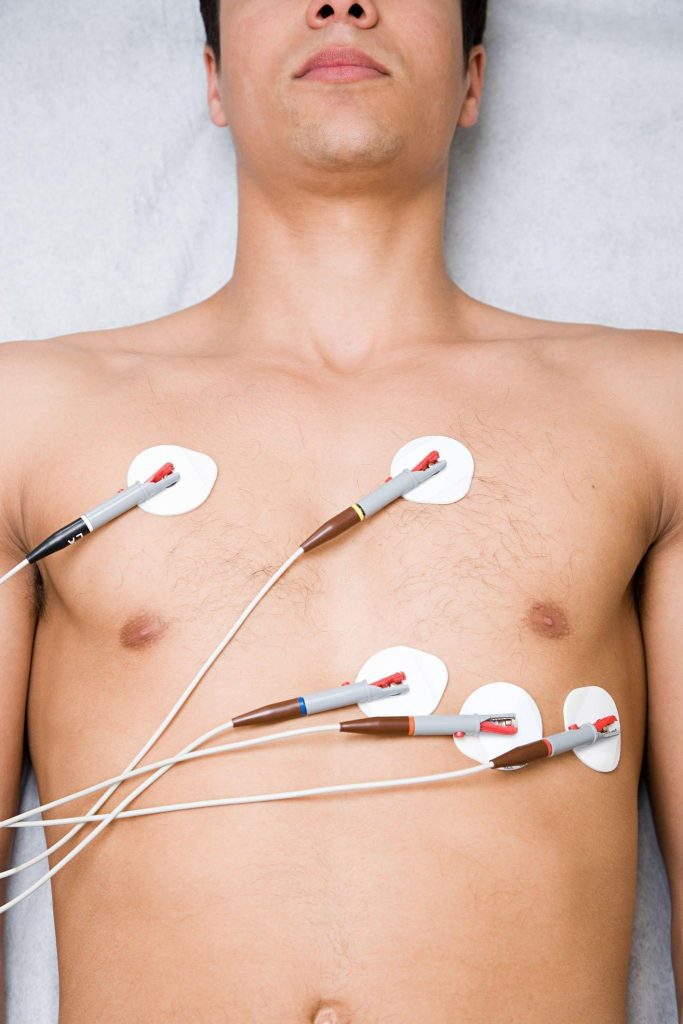Chiropractic care is a holistic approach to healthcare that focuses on the musculoskeletal system, particularly the spine, and its impact on overall well-being. Chiropractors use a variety of techniques to diagnose and treat conditions related to the spine and nervous system. In this article, we will delve into the different types of chiropractic services available to help you understand the various treatment options and their benefits.
Manual Adjustments:

Manual adjustments, also known as spinal manipulations, are the most common type of chiropractic treatment. These adjustments involve the chiropractor using their hands to apply controlled, sudden force to specific joints in the spine or other parts of the body. Manual adjustments aim to improve spinal alignment, restore joint mobility, and alleviate pain. This technique is generally safe and effective for conditions such as back pain, neck pain, and headaches.
Instrument-Assisted Adjustments:

In addition to manual adjustments, chiropractors may utilize specialized instruments to perform adjustments. These instruments aid in applying targeted force to specific areas of the spine or joints. This technique is suitable for individuals who may prefer a gentler approach or for areas that require more precision.
Spinal Decompression Therapy:

The goal of spinal decompression therapy is to reduce pressure on the spinal discs without the use of surgery. This technique involves gently stretching the spine to create negative pressure, allowing herniated or bulging discs to retract. Spinal decompression can help alleviate conditions such as herniated discs, sciatica, and degenerative disc disease.
Massage Therapy:

Massage therapy is frequently incorporated into treatment plans by chiropractors. This hands-on technique involves the manipulation of soft tissues, including muscles, tendons, and ligaments. Its main goals are to improve blood flow, reduce muscle tension, and promote relaxation. When combined with chiropractic adjustments, massage therapy can greatly amplify the effectiveness of treatment, supporting overall musculoskeletal health. To understand more about this synergistic approach, Read this Popularity And Benefit Of Massage Therapy.
Electrical Stimulation:

Electrical stimulation is a technique used by chiropractors to reduce pain and promote healing. This therapy involves the use of low-level electrical currents to stimulate muscles and nerves. Electrical stimulation can help relieve muscle spasms, reduce inflammation, and improve circulation in the affected areas. To delve deeper into this therapeutic approach, read more about What You Need to Know About the Chiropractic Treatment Called “Electrical Stimulation Therapy”.
Rehabilitation Exercises:

Chiropractors often prescribe rehabilitation exercises to complement chiropractic adjustments. These exercises aim to improve strength, flexibility, and stability in the affected areas. Rehabilitation exercises can help patients recover from injuries, correct posture, and prevent future problems. The exercises are usually tailored to each individual’s specific needs and condition.
Lifestyle and Nutritional Counselling:

Chiropractors take a holistic approach to healthcare and often provide lifestyle and nutritional counselling to their patients. They educate individuals on the importance of maintaining a healthy lifestyle, including proper nutrition, exercise, and stress management. By addressing these factors, chiropractors aim to support the body’s natural healing processes and promote overall well-being.
What can I expect during a chiropractic adjustment?
During a chiropractic adjustment, you can expect the following:
- Evaluation: The chiropractor will begin by evaluating your medical history, conducting a physical examination, and may request diagnostic tests like X-rays to better understand your condition.
- Patient positioning: You will be guided on how to position yourself on a specially designed chiropractic table, ensuring comfort and proper alignment.
- Manual adjustments: The chiropractor will use their hands or sometimes specialized instruments to gently apply controlled force to specific areas of your body, primarily the spine, in order to improve joint function and alleviate pain.
- Audible sound: You may hear a cracking or popping sound during the adjustment, which is typically the result of a release of gas bubbles from the joints. This noise is perfectly normal and presents no threat.
- Techniques used: Depending on your specific condition and chiropractic approach, the chiropractor may use various techniques such as diversified technique, activator method, or flexion-distraction technique.
- Sensation during adjustment: You may experience a sense of relief, mild discomfort, or a momentary increase in pain during the adjustment. This is normal, and it is important to communicate any unusual sensations to your chiropractor.
- Additional therapies: After the adjustment, your chiropractor may recommend additional therapies such as muscle stimulation, heat or ice therapy, stretching exercises, or lifestyle modifications to further enhance the effectiveness of the adjustment and promote healing.
- post-adjustment care: Your chiropractor may provide advice on how to take care of yourself following the adjustment, including recommended exercises, postural corrections, and tips for maintaining spinal health.
It’s essential to communicate any concerns or discomfort you may experience with your chiropractor during the adjustment. They will guide you through the process and ensure your comfort and safety throughout the treatment.
Final Thoughts
Chiropractic care offers a wide range of services that can help individuals manage and alleviate various musculoskeletal conditions. Whether you’re seeking relief from back pain, recovering from an injury, or looking to improve your overall well-being, chiropractic services can provide effective and holistic treatment options. By understanding the different types of chiropractic services available, you can make informed decisions about your healthcare and find the best approach for your specific needs. Always consult with a qualified chiropractor to determine the most suitable treatment plan for you.
FAQs About Chiropractic Services:
Q: Are chiropractic adjustments painful?
A: A chiropractic adjustment won’t cause you to experience excruciating agony. the joints will experience a controlled amount of force (pressure) from the chiropractor, which causes the gas in your joints to release with a popping or cracking sound. Although it may seem unpleasant, nothing feels hurtful.
Q: How many chiropractic sessions are typically required?
A: However, patients should often anticipate needing more modifications at first, followed by fewer adjustments as the goal shifts to maintenance. The majority of injury and pain types will require between four and twelve sessions to experience the most results.
Q: Can conditions other than back pain be treated with chiropractic care?
A: Patients who are shocked to learn that we can also cure their ankle sprain or carpal tunnel syndrome frequently contact us. Although we chiropractors specialise in the spine, we are also well-versed in treating pain and injuries that affect other joints, muscles, and nerves in the body.
Q: Is chiropractic care safe for children and pregnant women?
A: In general, receiving chiropractic care is safe and advantageous while pregnant. Always disclose your pregnancy to your chiropractor, and ask them to avoid applying pressure to your tummy while you receive adjustments. Keep an eye on your level of comfort and let your chiropractor know if anything doesn’t seem right.
About Author
Dr. Joe Naijla, a licensed chiropractor dedicated to serving the Jacksonville community, has been enhancing the health of Jacksonville residents for over 15 years. With a wealth of experience, Dr. Naijla is committed to not only diagnosing conditions accurately but also to promoting the optimal health and well-being of his patients.


